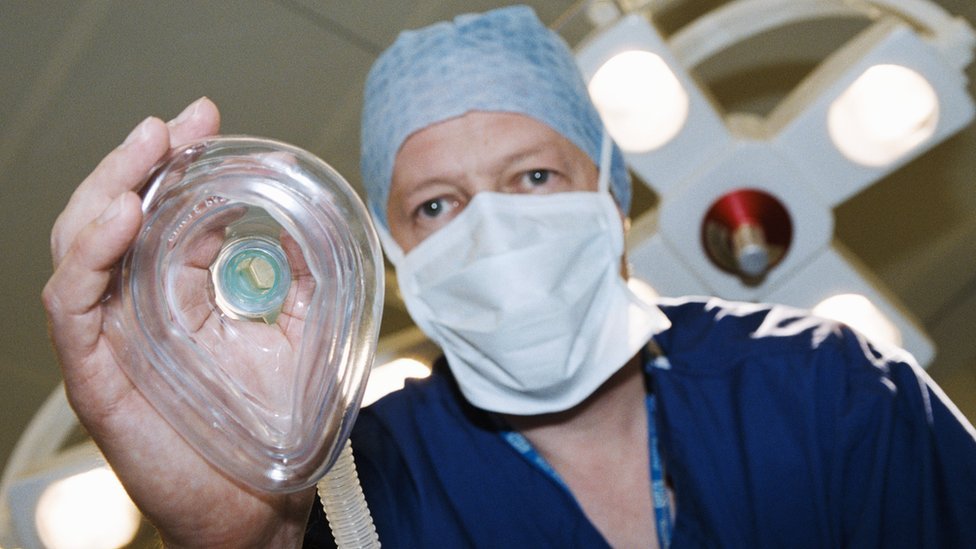Curare, a potent neuromuscular blocking agent, has been historically utilized as an arrow poison by indigenous South American tribes. In contemporary medicine, its derivatives have been employed as muscle relaxants during surgical procedures. However, an overdose of curare can lead to severe and potentially fatal consequences. This article provides an in-depth examination of curare overdose, encompassing its mechanisms, clinical manifestations, and management strategies.

Mechanism of Action
Curare exerts its effects by competitively inhibiting acetylcholine at nicotinic receptors located at the neuromuscular junction. This inhibition prevents the depolarization of muscle fibers, resulting in flaccid paralysis. Notably, while skeletal muscles are affected, curare does not impact cardiac muscle function directly.
Clinical Manifestations of Overdose
The following symptoms may be observed:
- Muscle Weakness: Initial presentation includes generalized muscle weakness, progressing to complete paralysis.
- Respiratory Depression: Paralysis of the diaphragm and intercostal muscles leads to respiratory failure, necessitating immediate intervention.
Diagnosis
The diagnosis of curare overdose is primarily clinical, based on the rapid onset of muscle paralysis following exposure. Differential diagnoses should consider other causes of acute paralysis and respiratory failure.
Management Strategies
Effective management of curare overdose involves the following steps:
- Immediate Cessation of Exposure: Discontinue any source of curare administration promptly.
- Supportive Care: Continuous monitoring of vital signs and supportive measures are essential until full neuromuscular function is restored.
Prevention
Preventive measures are crucial to avoid curare overdose:
- Accurate Dosing: Adhere strictly to recommended dosages, especially in medical settings where curare derivatives are used.
- Monitoring: Employ neuromuscular monitoring during anesthesia to assess the degree of blockade and adjust dosing accordingly.
- Education: Ensure that healthcare providers are well-informed about the potency and risks associated with curare and its derivatives.
Presents a medical emergency characterized by profound muscle paralysis and respiratory failure. Prompt recognition and intervention, including artificial respiration and administration of acetylcholinesterase inhibitors, are vital for patient survival. Adherence to preventive measures can mitigate the risk of overdose, ensuring the safe use of curare in clinical practice.